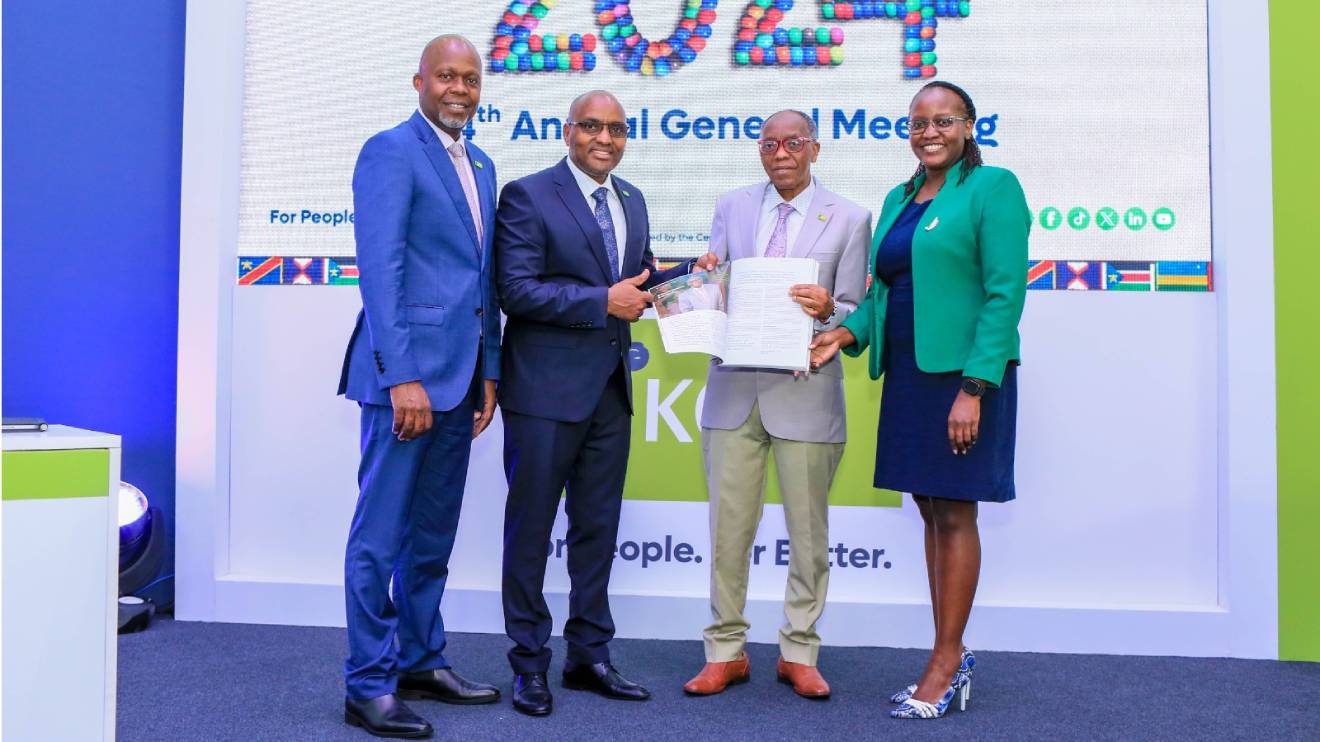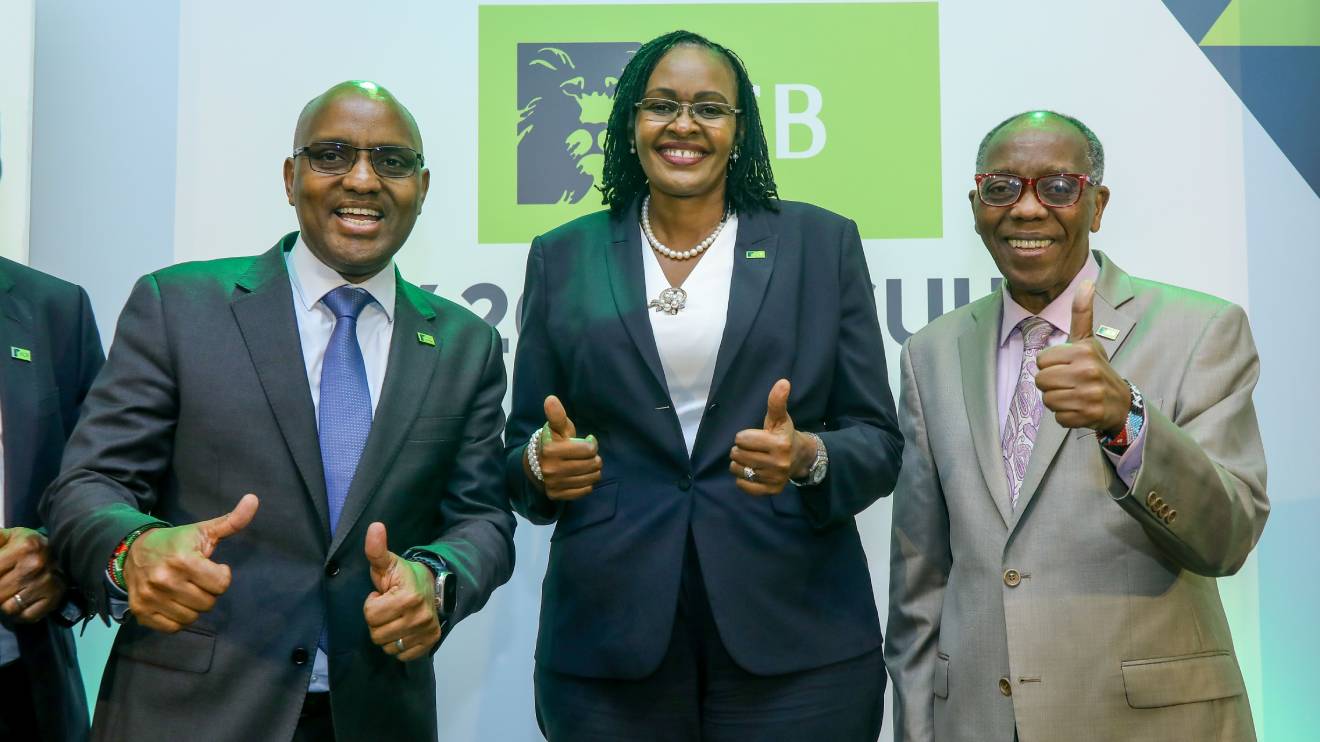Standard Chartered Bank Kenya has seen its net earnings for the first quarter of 2025 decline by Sh800 million, bringing profit after tax down to Sh4.8 billion from Sh5.6 billion posted in a similar period last year.
The dip in earnings follows a pullback in lending activity and a sharp slump in income from foreign exchange dealings.
The bank’s loan book contracted significantly over the year, settling at Sh137.8 billion from Sh153.5 billion.
This translated into a 12.6 per cent fall in interest income to Sh5 billion.
The lending slowdown has been attributed to a more cautious private sector that is shelving borrowing plans in the face of challenging economic conditions, despite the easing of interest rates.
Read More
“Standard Chartered has recorded a decline across most metrics in quarter one – a trend that is likely to continue into the full year,” said Sterling Capital.
According to analysts at the same firm, the bank is expected to take a conservative stance in the near term, noting that, “The bank is unlikely to focus on growing its loan book given risks associated with poor asset quality across the banking industry.”
With credit demand weakening, StanChart has ramped up investments in government securities.
Holdings in Treasury bonds and bills increased to Sh93.9 billion in March, compared to Sh55.2 billion a year earlier.
Returns from this segment jumped 69 per cent, earning the bank Sh3.4 billion.
The bank's forex trading desk, once a strong performer, recorded a steep drop in income. Earnings from currency transactions fell to Sh1 billion, less than half the Sh2.5 billion booked in the same quarter last year.
Analysts link the drop to a stabilised shilling, which has reduced the scope for profitable trades.
They anticipate the lender will deepen its activity in government bond trading to make up for the shortfall.
Meanwhile, customer deposits fell by Sh20.8 billion to close the quarter at Sh285.2 billion, down from Sh306 billion in March 2024.
The interest expense related to these deposits also dipped six per cent to Sh1.02 billion.
Quarter-on-quarter figures suggest a more rapid contraction.
Between December and March, StanChart’s outstanding loans dropped by Sh13.8 billion, while deposits declined by Sh10.4 billion, highlighting the ongoing challenges in growing its balance sheet.
Elsewhere, interbank lending rose modestly from Sh10 billion to Sh10.5 billion, indicating the lender’s effort to deploy surplus liquidity in low-risk, short-term placements.
Despite the revenue pressures, the bank maintained discipline on costs. Expenditure on staff fell 7.6 per cent to Sh2.1 billion after a reduction of 37 employees over the past year.
Additionally, office rental charges were slashed by 22.7 per cent to Sh75 million, supported by increased digitisation, which has allowed the lender to cut its reliance on physical branches.
“With declines across both non-funded income and net interest income, the bank can only focus on managing their cost base, to reduce the level of decline to be expected in year 2025,” said Sterling Capital.
As the lender moves forward, it is leaning more on technology and government paper while pulling back on risky lending, signalling a cautious approach to the year ahead.






-1729244122-1740172582.jpeg)